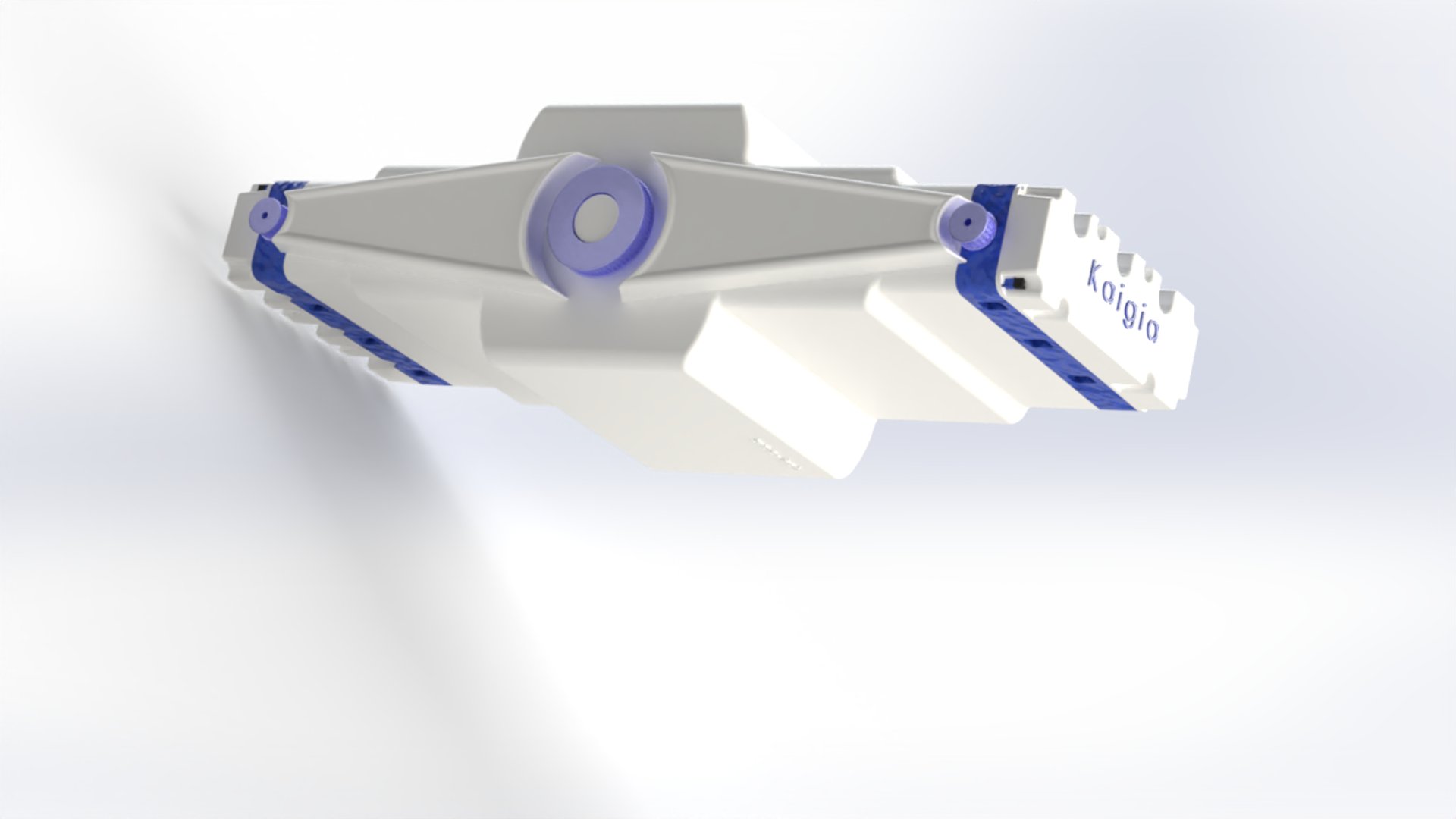
Kaigia GFM Precision Engine Architecture for Clean Fuels
Conventional crankshaft engines approximate Otto or Atkinson cycles. Pistons move near a “constant volume” point, but the timing and geometry often deviate from the ideal thermodynamic path, limiting efficiency and fuel versatility.
Kaigia’s Green Fuel Motor (GFM) introduces controlled piston trajectories, aligning each phase — compression, combustion, expansion, scavenging — precisely to its theoretical state.
This precision not only improves efficiency but enables fuels previously impractical for mobility, such as hydrogen, ammonia, and advanced biofuels, across all vehicle and platform types. Modular architecture ensures scalable, zero-pollution deployment from light drones to heavy freight.

Precision Power for a Multi-Fuel Future
Design Targets & Metrics

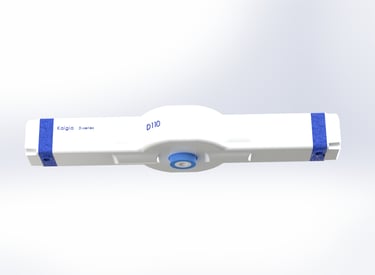
High Thermal Efficiency
Designed to reduce losses common in conventional crankshaft engines, the GFM can closely approach the theoretical Otto cycle — potentially exceeding 60% under optimal conditions, rivaling or surpassing today’s most efficient stationary power plants.
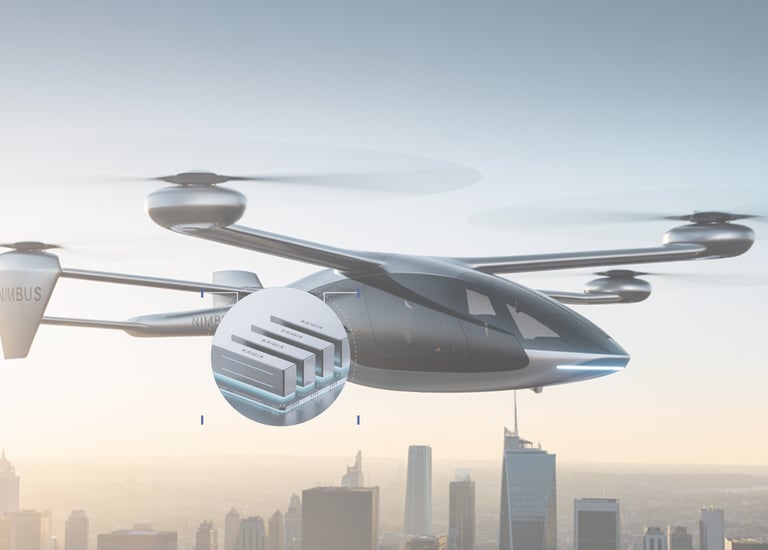

Consistent Efficiency Across Loads
Precise piston control maintains efficiency across idle, partial, and high-load conditions, ensuring optimal combustion and minimizing real-world emissions for each supported fuel, while delivering reliable performance across all mobility platforms.


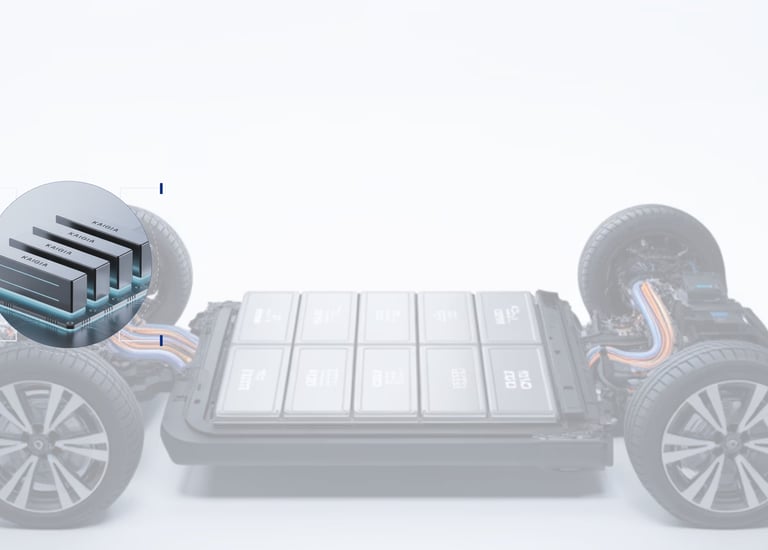

Fuel-Agnostic Operation
Engineered to run on hydrogen, ammonia, biofuels, and synthetic e-fuels, the GFM enables zero- or net-zero-emission propulsion wherever sustainable fuels are available, delivering clean, versatile performance across mobility sectors.
Platform-Agnostic Integration
A genuinely modular architecture lets a single GFM platform adapt seamlessly to multiple vehicles — from UAVs to freight trucks — reducing complexity and accelerating deployment across mobility sectors, unlike conventional engines that are only superficially standardized.
All figures and numbers represent design objectives based on engineering analyses and simulations. A first single-cylinder prototype is currently underway, with additional prototypes planned for sector-specific validation alongside partners.
Curious how engine cycles evolved so slowly?
→ Read the story:
From Prototype to Market
Explore our four-stage development timeline.


Concept & Simulation
Core architecture and multi-fuel simulations completed.
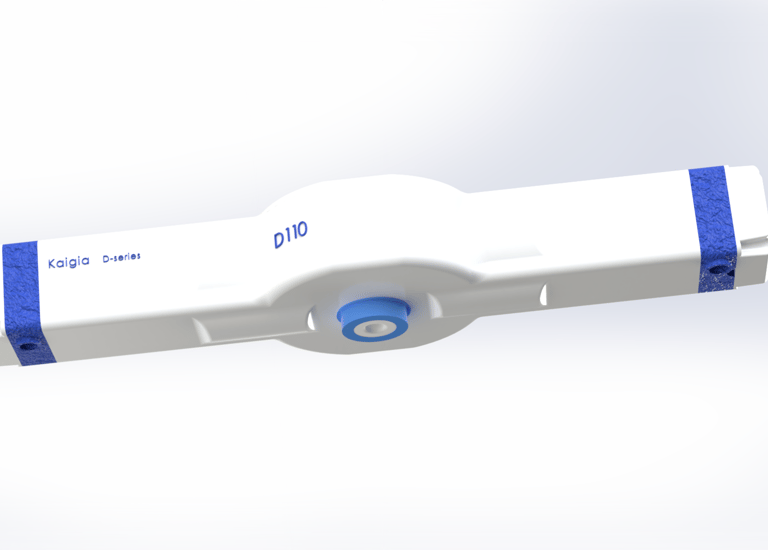

Prototype Development
First single-cylinder prototype underway with testing.
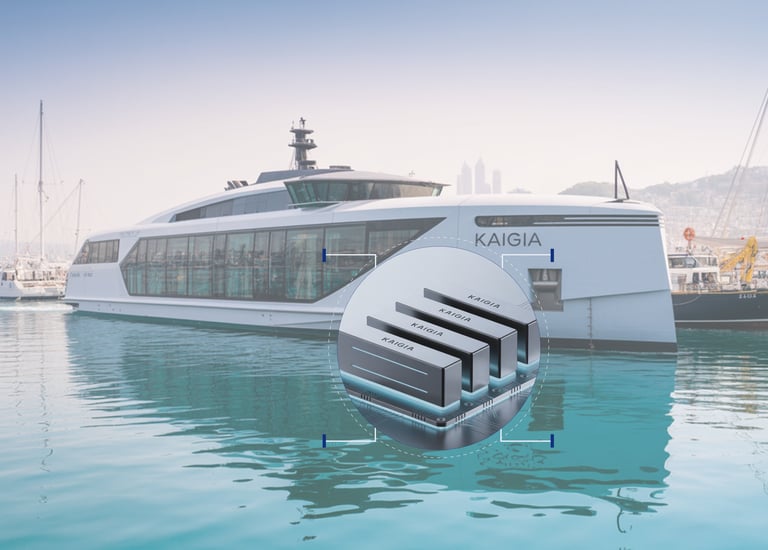



Integration Pilots
Sector-specific pilot programs with OEMs and fuel partners.
Certification & Scale
Regulatory approval and commercial production plans.
